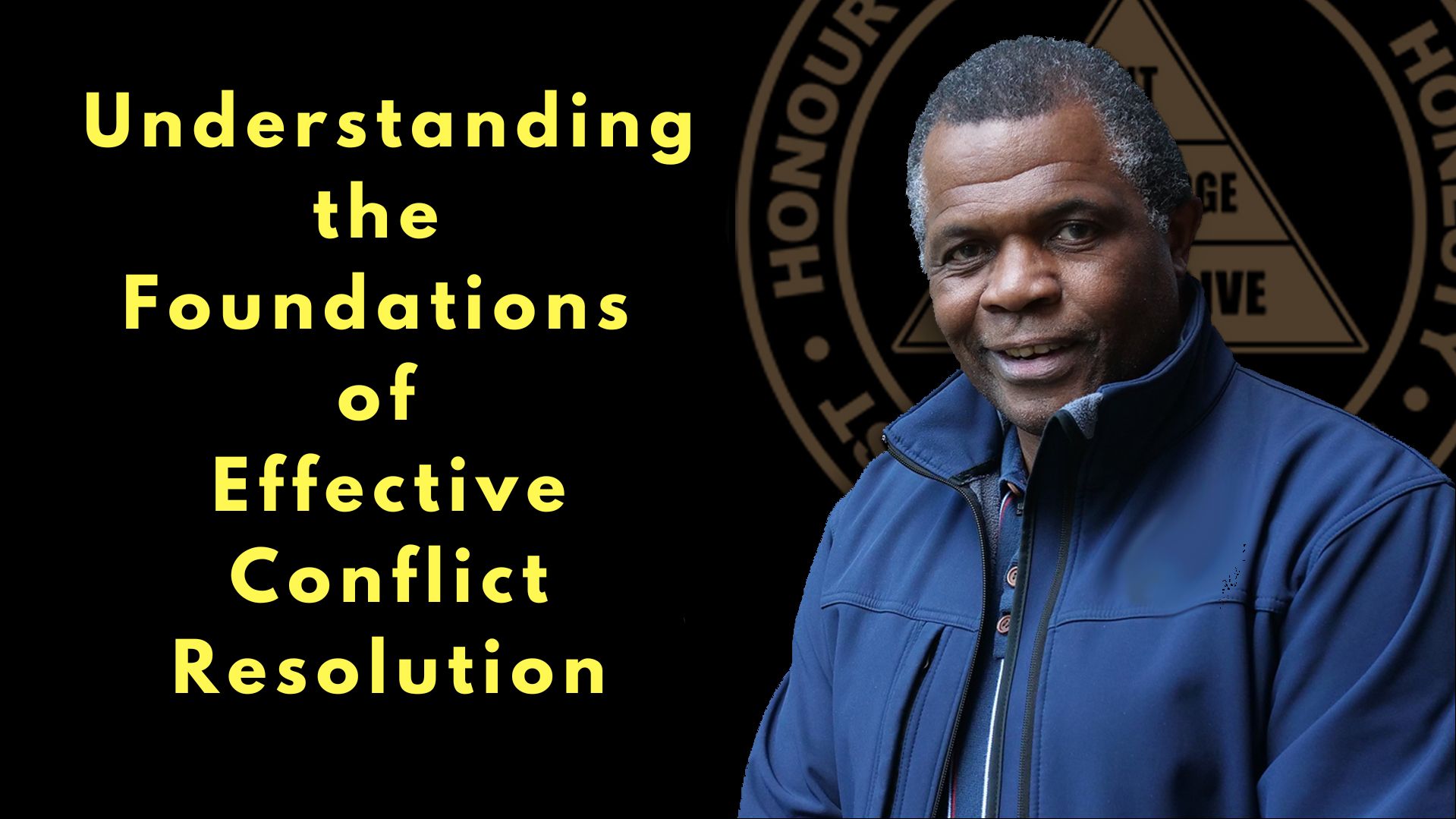A bill which seeks to impose specific duties on employers to improve protections against violence and harassment, especially for #women and #girls, as part of their obligations to ensure workplace health, safety and wellbeing is currently being considered by the UK parliament.
This Private Member’s Bill, Health and Safety at Work etc. Act 1974 (Amendment) Bill aims to amend the existing Health and Safety at Work Act 1974 to include more robust measures against violence and harassment in the workplace.
So, let’s look at how to understand effective communication skills.
Conflict occurs naturally in any workplace or across society, but when managed effectively, it can lead to growth, stronger relationships, and improved understanding among individuals.
However, when handled poorly, conflicts can escalate and disrupt harmony, morale, and productivity.
Understanding the principles and values behind conflict resolution is key to preventing and managing these situations, especially in sectors where challenging behaviour is likely to arise.
Effective conflict resolution is built on several foundation principles.
At the heart of any resolution process is the ability to empathise with the other person’s perspective.
Empathy requires us to listen deeply and acknowledge feelings, even if we, sometimes disagree.
Respecting different viewpoints establishes a foundation of trust and openness.
Transparent and honest communication is crucial.
Encouraging an open dialogue not only helps clear misunderstandings but also fosters an environment where everyone feels heard and valued.
Conflict resolution is most effective when approached collaboratively.
Instead of viewing the situation as ‘us vs them’ (trust me I’ve seen and heard this approach on more than one occasion), a collaborative approach seeks solutions that promote ‘win-win’ outcomes for all parties.
This approach will transform the conflict into a problem-solving opportunity.
Consistently applying fair, open and transparent practices is essential.
People who trust that decisions are being made fairly are more likely to engage positively in the resolution process.
One of the most crucial steps in preventing and managing conflict is understanding its root causes.
Challenging behaviours often arise from unmet needs, stress, miscommunication or a lack of understanding.
When we look beyond surface-level behaviour, we uncover deeper motivations and can better anticipate and address potential conflicts before they escalate.
Addressing the root causes requires a proactive approach, which includes identifying possible triggers and environmental factors that may contribute to conflict.
For instance, in high-stress or high-risk environments, pressure can lead to friction.
Understanding these dynamics enables us to create preventative strategies that reduce the risk of conflict.
Instead of merely reacting to issues as they arise, proactive planning helps establish an environment where conflicts are less likely to develop.
Conflict prevention is very often much more effective than reactive management.
Proactive strategies should focus on building a positive environment that encourages open dialogue, respect, and collaboration.
Establishing clear behavioural guidelines fosters a culture of accountability and mutual respect.
When individuals understand acceptable behaviour, they are more likely to hold themselves and others accountable.
Equipping people with tools and strategies to manage conflict increases their confidence and ability to handle challenging situations.
Training sessions on communication skills, emotional intelligence and de-escalation techniques are invaluable.
Encourage a supportive work culture that recognises stress and provides outlets for employees to express concerns safely and constructively.
Building this culture will prevent many conflicts from arising.
One of the most powerful ways to cultivate an environment of effective conflict management is through leadership that empowers.
Empowering leadership is not about exerting authority; it’s about fostering independence, building confidence, and encouraging team members to take ownership of their actions.
When people feel empowered, they are more likely to approach conflicts constructively and are equipped with the skills and confidence to handle risks proactively.
Empowered individuals become ambassadors of positive change.
They model effective conflict resolution and demonstrate the importance of handling conflicts with respect, empathy, and patience.
A leader’s role, therefore, is to create the conditions for empowerment through clear guidance, accessible resources and consistent support.
Conflict resolution is a skill that is continually honed through experience, reflection and adaptation.
I’d love to hear from you!
What challenges have you faced in managing conflicts in your own environment?
What proactive strategies have you found helpful in preventing or resolving conflicts?
Share your insights in the comments below.
Let’s learn together how we can continue building and creating work and social spaces where people feel respected, understood and empowered.
Contact us to learn more – https://nfps.info/contact-nfps/
#StaySafe #Training #Leadership #Empowerment

